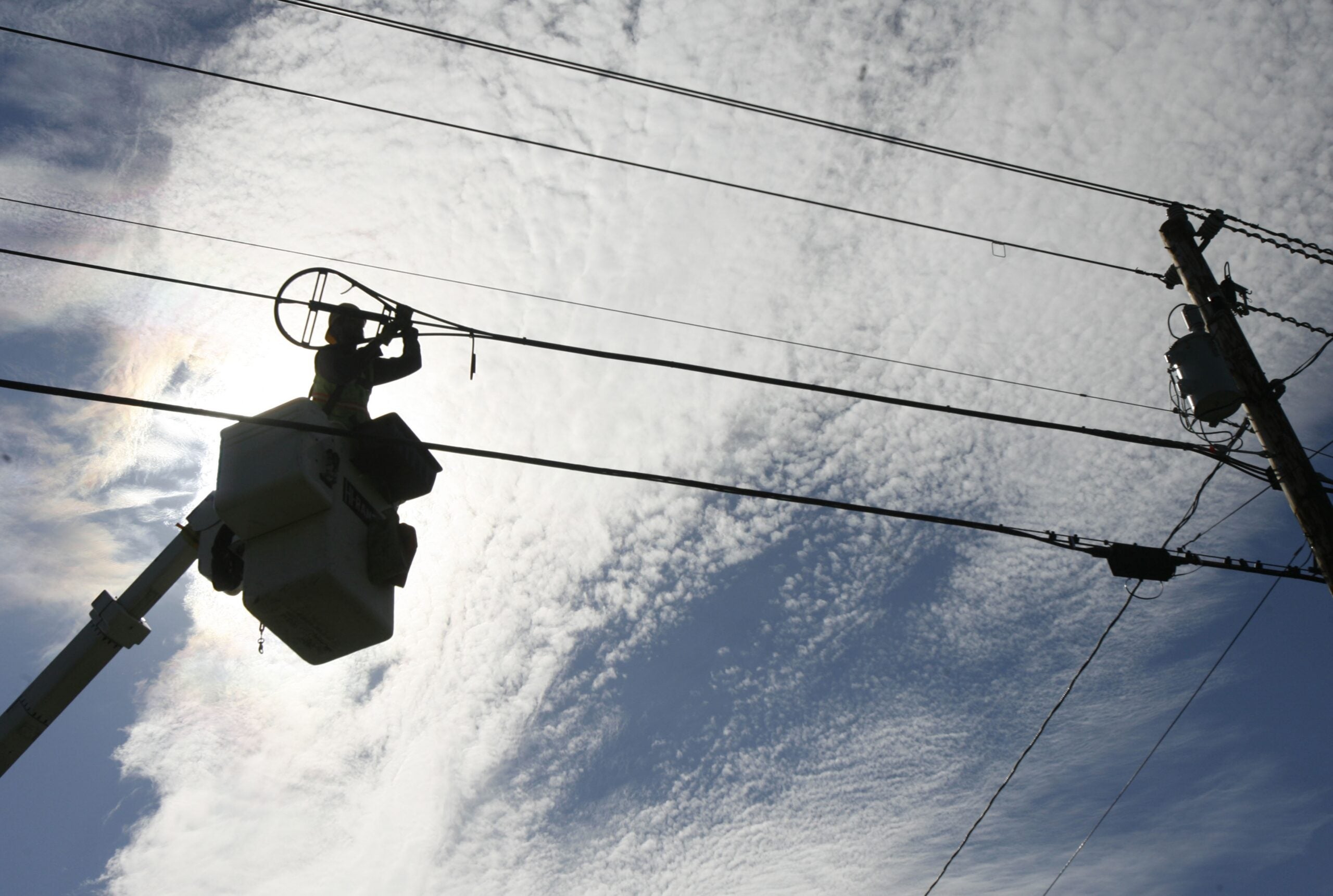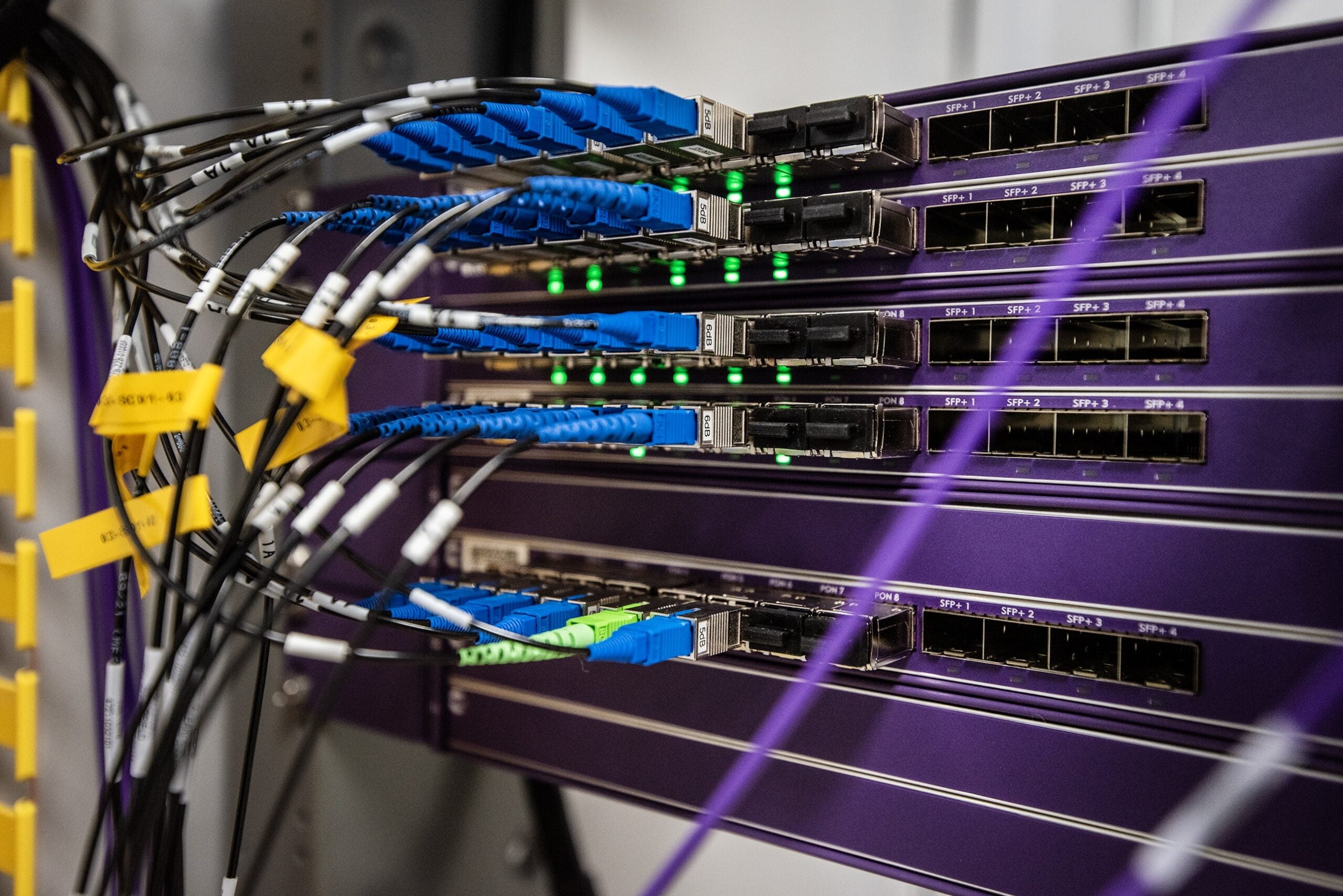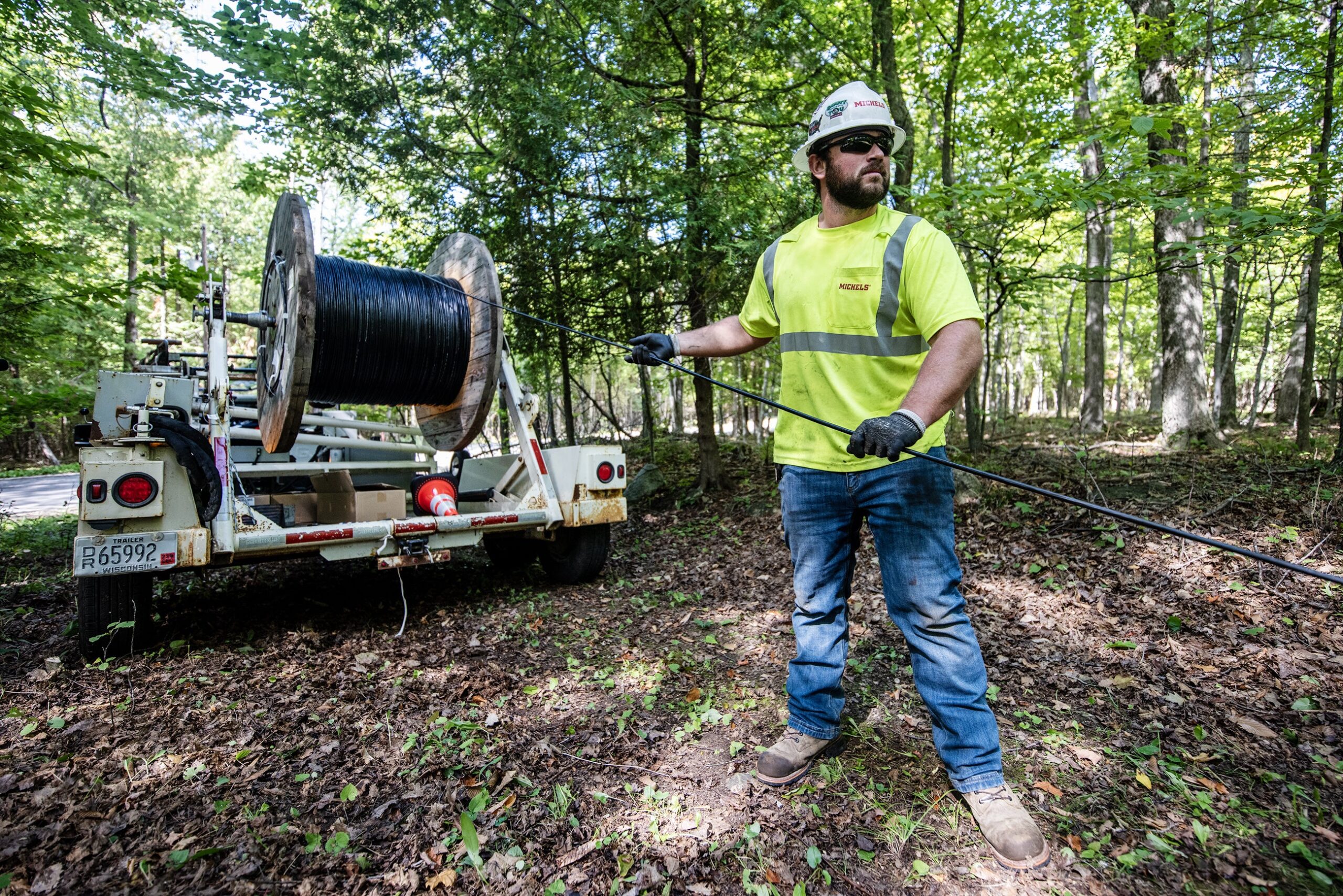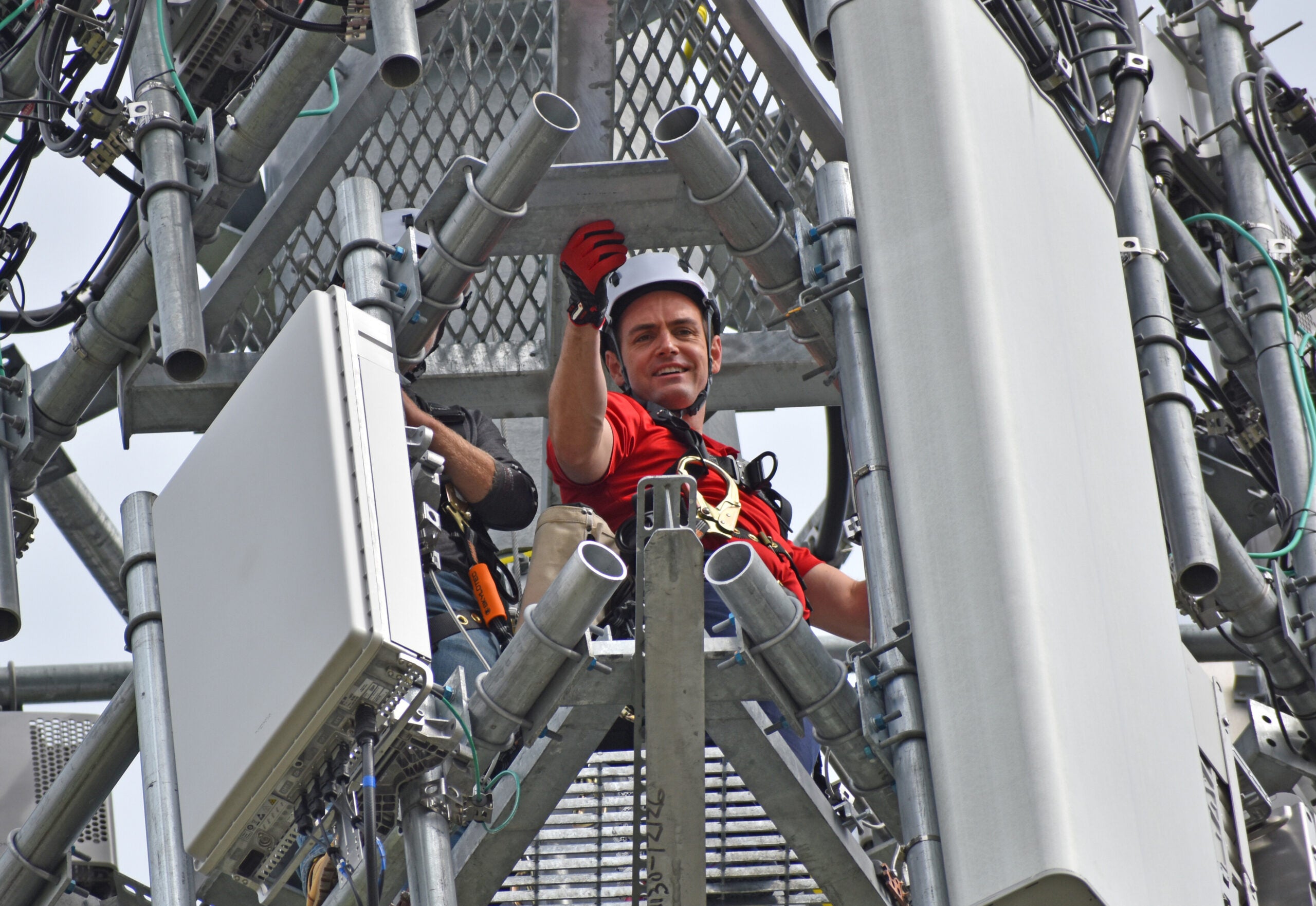The Federal Communications Commission (FCC) recently awarded more than $160 million to support broadband internet access across Wisconsin. The funding will help providers maintain, improve and expand high-speed internet access for around 21,000 homes and businesses.
The funding is being allocated through the Alternative Connect America Cost Model (A-CAM) program within the Universal Service Fund, which funds projects that expand access to communication services for all Americans.
The program targets smaller providers known as “rate-of-return” carriers. The funding those carriers receive is based on the cost to provide services. The FCC provides a subsidy to make the service more affordable for customers in rural areas, said Mark Wigfield, FCC spokesman.
Stay informed on the latest news
Sign up for WPR’s email newsletter.
“In rural areas, many times the costs can be rather high compared to what they can get from subscribers,” said Wigfield.
He noted urban providers typically have more customers that can fund the cost of infrastructure investments.
More than 20 counties statewide will be able to access more predictable funding over a 10-year timeframe through the program, said Wigfield. The A-CAM model requires providers to build out broadband infrastructure on a set schedule and most will provide speeds of 25 megabits per second download and 3 megabits per second upload.
Tri-County Communications Cooperative will receive around $32 million over 10 years through the program. The funding will help maintain and improve service to more than 2,700 locations across Trempealeau County and parts of Buffalo, Eau Claire and Jackson counties, according to the FCC. The cooperative has been investing in its broadband infrastructure since 2008, said Cheryl Rue, the cooperative’s chief executive officer.
“This model was definitely providing that predictability, awarding us for our efficiencies, yet keeping the rates down for the rural consumer in our case,” Rue said.
She said the stability is significant as they look to maintain service and meet customer demands for high-speed internet. Rue said demand for broadband access has grown significantly as customers are utilizing video streaming and other services across a myriad of devices.
More than $8.8 million was also awarded to Bloomer Telephone Company to support broadband access to more than 1,300 locations across Chippewa and Dunn counties, according to the FCC. The infrastructure is vital for rural communities seeking to maintain quality of life and economic survival for residents, said Charlie Walker, president and chief executive officer of the Chippewa County Economic Development Corp.
“The talent we have here can stay here and work for large corporations throughout the world if they have that broadband capability and that infrastructure,” Walker said.
The program will also support broadband access to more than 600 homes on tribal lands in Wisconsin, including for the Lac Courte Oreilles Reservation and Ho-Chunk Nation off-reservation trust land.
The FCC funding is part of $4.9 billion awarded over the next decade to more than 455,000 homes nationwide.
The number of rural Wisconsin residents lacking broadband access declined to around 486,000 residents, or roughly 28 percent of the state’s rural population, this year, according to the commission’s 2019 broadband deployment report. In 2018, the commission reported 748,000, or around 43 percent, lacked high-speed internet in the state.
Wisconsin Public Radio, © Copyright 2024, Board of Regents of the University of Wisconsin System and Wisconsin Educational Communications Board.






